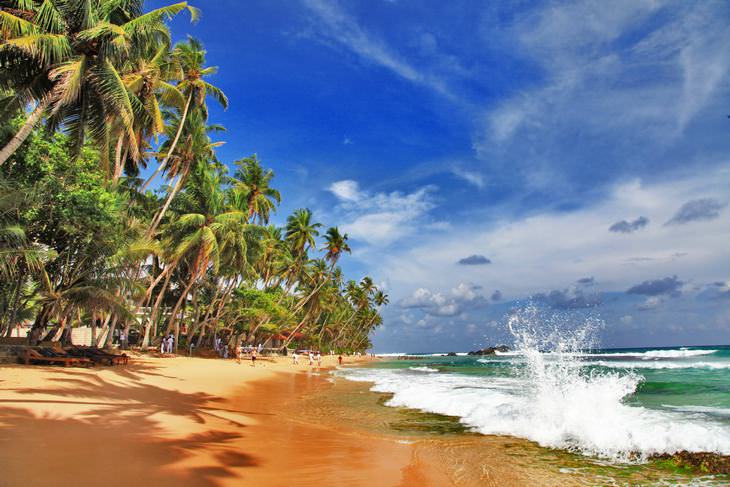
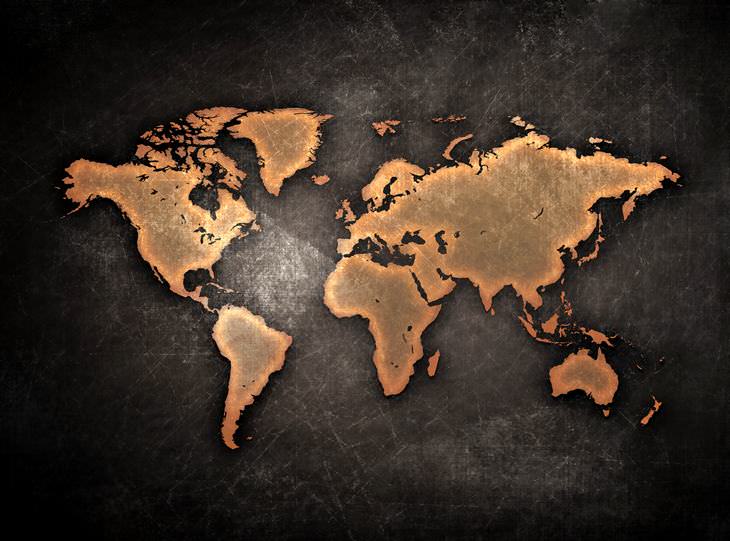
1. Yugoslavia
A century ago, the First World War wrought havoc on the borders of Europe. Located in southeastern Europe, this country was created in 1918 as 'the Kingdom of the Serbs, Croats and Slovenes' and renamed Yugoslavia a decade later. It united many culturally and ethnically diverse peoples, bringing together territories that were part of the former Austro-Hungarian Empire. It included the current states of Slovenia, Croatia, Bosnia and Herzegovina, Serbia, Montenegro, Kosovo, and Macedonia. But in the 20th century, Yugoslavia was broken up and occupied during World War II. Post-war, Yugoslavia was reunited under a communist leader, and this was later followed by fighting during the 1990s. Now, the country no longer exists and thankfully, much of the region is experiencing greater peace.
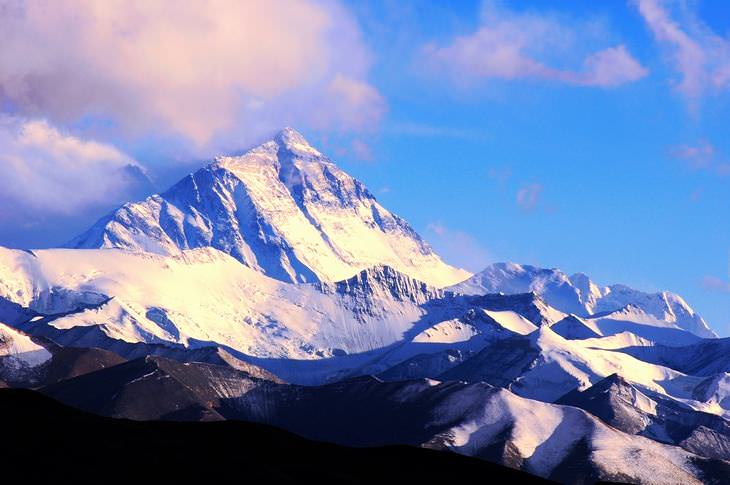
This tiny mountain region is located in the Himalayas. It was a sovereign monarchy from 1642 until it became an Indian protectorate in 1950, then a state of India in 1975. It borders Bhutan, Tibet, and Nepal and is dominated by snow-covered mountains which people revere as the home of gods. Allegedly, a footprint of the Yeti (the abominable snowman) was found in Sikkim in 1948.
3. Tibet
Tibet is associated with peaceful Buddhist monks and its spiritual leader, the Dalai Lama. This region, northwest of India, has been fought over for centuries. But from 1912 to 1951, Tibet was its own independent country before it was made part of China. Currently, there are efforts to 'Free Tibet'. The country is also a destination for adventure seekers and mountaineers because it contains the highest point on Earth.
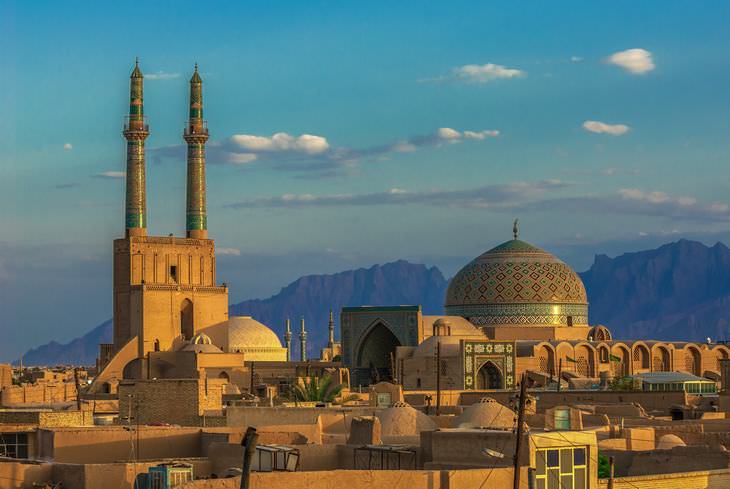
When one thinks of Persia, a Middle Eastern kingdom and one of the oldest civilizations in history usually comes to mind. Since the height of its power in ancient times, Persia has long been fought over, however, it still retained its old moniker all the way until 1935, when it officially became Iran. Today, when we think of Persia, we mostly think of Persian rugs and Persian cats. Nevertheless, its culture is alive, yet its unstable international relations keep Americans from visiting.
5. Neutral Moresnet
Most people have never heard of Neutral Moresnet. This country didn't even measure a square mile. It was carved out of an agreement between the Dutch and the Prussians (see more below) in 1816 enabling both nations to have access to a zinc mine. This country had its own flag and made its own coins. Efforts were made to turn the nation into a utopia within its own artificial 'world language', Esperanto. However, it fell victim to World War I and became part of Belgium. While it may no longer exist, present-day residents still celebrate the anniversary of its creation.
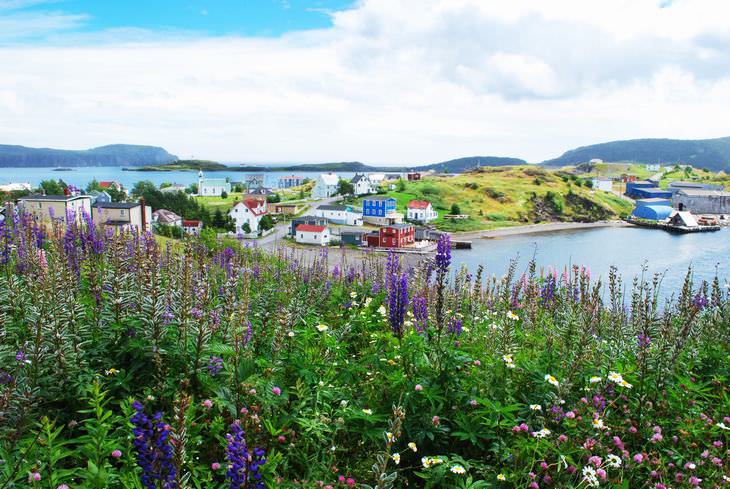
The rugged island of Newfoundland is now part of Canada, but that was not always the case. The island off of North America's northeastern coast was previously a British colony. Its isolation created a culture distinct from the surrounding region. In 1907, Newfoundland became a self-governing independent nation, but still a British dominion, until 1934, when it voluntarily chose to go back to being a colony after the Great Depression hit. It became a Canadian province in 1949.
7. Prussia
Yes, this country is, in fact, Prussia not Russia. It encompassed land in central and eastern Europe including present-day Germany and Poland and existed in some form all the way until 1947. The kingdom of Prussia enjoyed much success in the 18th century but started to lose territory in the 19th. In 1871, the German empire placed the Prussian king at its head so as the unify the country. Nevertheless, the defeat of the empire and the abolishment of the Prussian monarchy after World War I extinguished its influence. Still, Prussia continued to exist as a German state until the land was divided up and the name formally dismissed after World War II, removing it from the map.
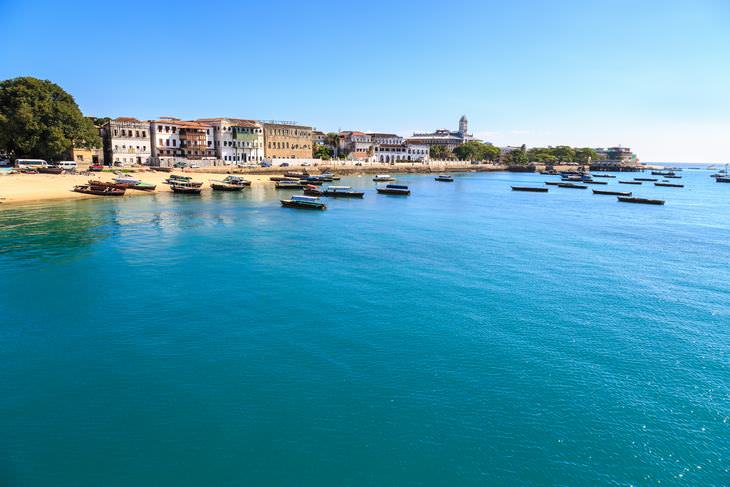
Set on Africa's east coast, the islands of Zanzibar sound exotically alluring. At one point it was an important trading locale and was established an independent sultanate in the 19th century. Although it became a British protectorate soon after, the sultan continued to rule until 1964. In 1963 Zanzibar gained full independence but then merged with mainland Tanganyika to form present-day Tanzania.
9. Abyssinia
Abyssinia was the Arab and European name for Ethiopia a century ago. At the end of the 19th century, Italy had tried to snatch up Abyssinia for itself, but it was unable to overthrow its monarchy. However, in the late 1930s, under Mussolini, they were able to occupy it briefly. After World War II, Ethiopia had become one of the founding countries of the United Nations. The country is rich in history and it also has the world's oldest human fossil, and, allegedly, the biblical Ark of the Covenant.
